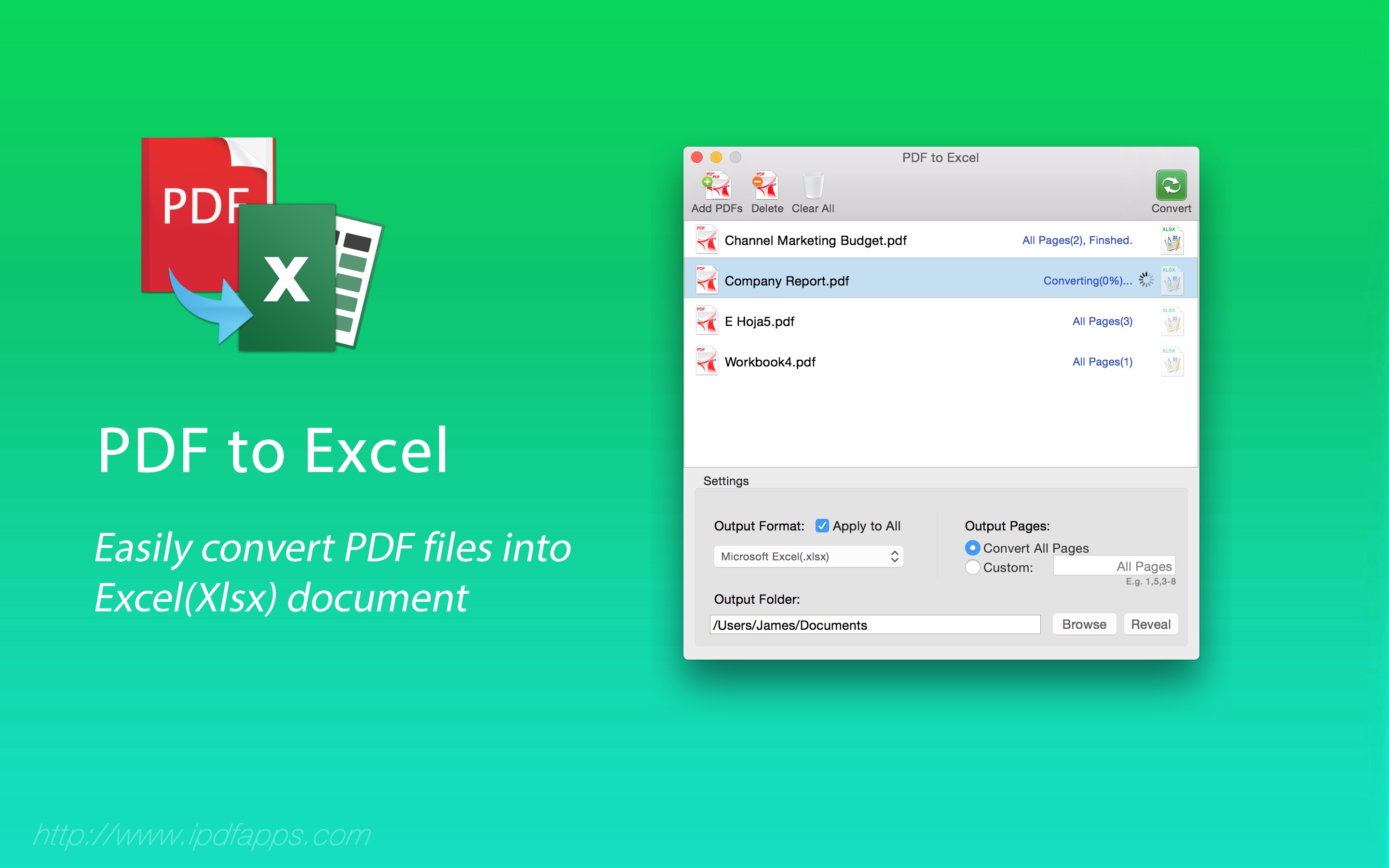5 Simple Tricks to Fit Excel Sheets on PDF Page

When working with spreadsheets in Microsoft Excel, exporting them into PDF format can be essential for sharing data with clients, colleagues, or for archival purposes. However, one common issue users face is ensuring that the Excel sheet fits neatly onto the PDF page without any data being cut off or excessively spread out. In this article, we'll explore five simple yet effective tricks to manage Excel sheets when converting them to PDF, ensuring they are well-presented, easy to read, and fully visible.
Adjust Margins and Scale Settings

Before we delve into complex adjustments, starting with the basics can solve many issues:
- Adjust Page Margins: Navigate to the ‘Page Layout’ tab, and under ‘Page Setup’, click ‘Margins’. Adjust to normal, wide, or custom margins to fit the content better.
- Set Print Area: Select the range of cells you want to print by highlighting them, then go to ‘Page Layout’ > ‘Print Area’ > ‘Set Print Area’.
- Scale Settings: Still in the ‘Page Layout’ tab, use ‘Scale to Fit’ options. Here you can adjust the width and height percentages to scale your worksheet to fit on one or multiple pages.
💡 Note: Remember that changing the scale can affect the readability of text and data if scaled too small.

Optimize Cell Formatting

Sometimes the way cells are formatted can unnecessarily increase the space required on a PDF:
- AutoFit Row Height and Column Width: Select the rows or columns and use the ‘Format’ dropdown in the ‘Home’ tab to ‘AutoFit Row Height’ or ‘AutoFit Column Width’ to adjust the size to the content.
- Text Wrapping: For cells with long text, enable text wrapping to prevent spill-over into other cells.
- Merge and Center: If you have titles or headings, consider using ‘Merge and Center’ to consolidate space.

Orientation and Paper Size

The physical layout of your PDF can greatly influence how your Excel data appears:
- Change Orientation: In ‘Page Layout’, you can switch between portrait and landscape. For spreadsheets with many columns, landscape often works better.
- Choose Paper Size: If standard letter size is too limiting, try Legal or A4, which might offer a larger canvas for your data.
Here’s how orientation and paper size can affect your PDF:
| Setting | Portrait | Landscape |
|---|---|---|
| Columns Fit | Limited | More columns |
| Text Orientation | Vertical space issues | Better space management |
| Best for: | Tables with few columns | Wide datasets |

Manage Page Breaks

Excel provides tools to control where your data breaks across pages:
- Insert Page Break: From ‘Page Layout’ > ‘Breaks’, insert page breaks where you want the data to continue onto the next page.
- Remove Page Break: Clear any unwanted breaks to ensure continuity in your data presentation.
- View Page Breaks: Use the ‘Page Break Preview’ view to see and adjust how your data will distribute across pages.
👀 Note: This can prevent data splitting awkwardly across pages, but if overused, it can clutter the PDF.

Excel’s PDF Conversion Settings

When converting to PDF, Excel has built-in settings to optimize for readability and presentation:
- PDF Properties: In ‘Save As’ > ‘PDF’, you can define properties like print quality, output range, and whether to embed fonts.
- Fit to Pages: Choose the ‘Fit to:’ option under ‘Scaling’ to force the spreadsheet to fit within the number of pages you specify, rather than shrinking data to fit.
By employing these five tricks, you can ensure that your Excel data translates seamlessly into a PDF format that is both professional and easy to navigate. Whether it's for a client report or internal documentation, properly fitting your spreadsheet onto a PDF can save time, reduce errors, and make your documents look more polished. Remember, the key is to balance legibility with space management, ensuring that your PDF is not only accurate but also user-friendly. Next time you're dealing with Excel sheets that need to be converted into PDFs, these tips will help streamline your process, making your work presentation-ready with minimal fuss.
Can I make multiple Excel sheets fit onto one PDF page?

+
Yes, you can use the ‘Fit to Pages’ option during the PDF export process in Excel to force multiple sheets to fit onto one page, although this might reduce readability if the content is dense.
What if my Excel sheet has more columns than can fit on a single page?

+
Consider changing the orientation to landscape or using a larger paper size. If that still doesn’t work, you might need to split the data across multiple pages or use ‘Fit to Pages’ with caution.
How do I ensure that print titles appear on every page of the PDF?

+
Go to ‘Page Layout’ > ‘Print Titles’ and set rows or columns to repeat at the top or left of each printed page. This setting will carry over when converting to PDF.